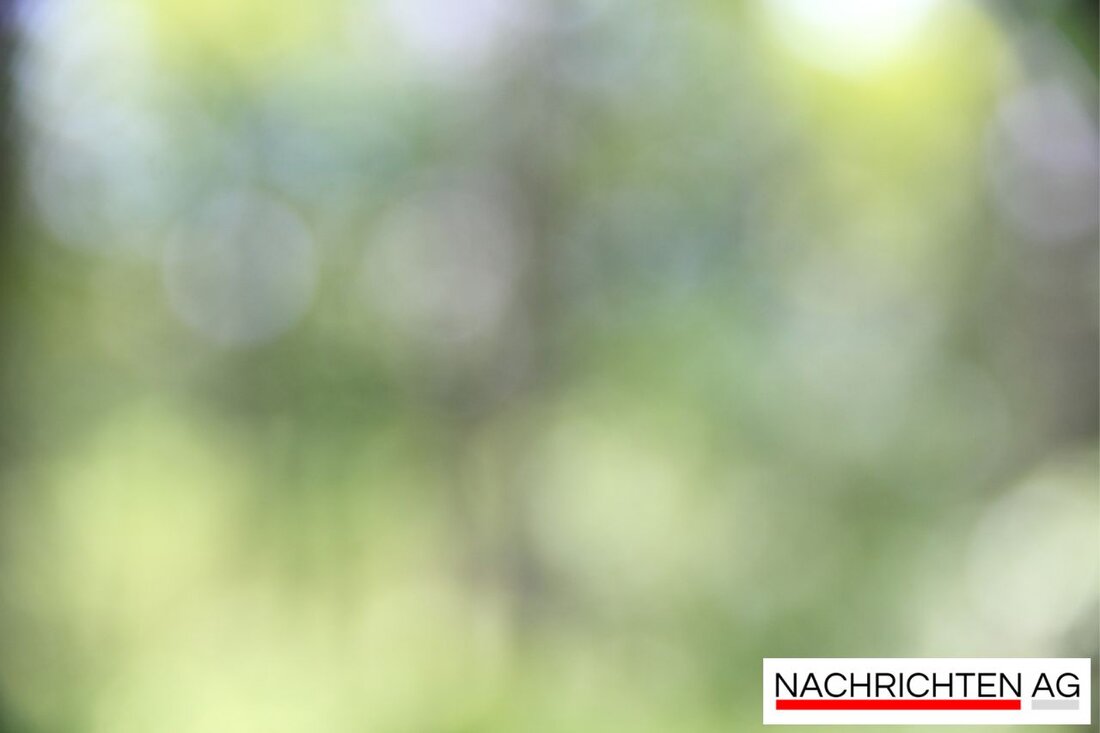Hernals: Grüner inner courtyard instead of concrete desert - Vienna fetches nature back!

Hernals: Grüner inner courtyard instead of concrete desert - Vienna fetches nature back!
Halirschgasse 1, 1170 Wien, Österreich - In Vienna, the trend towards floor seal is booming. In view of the climate change, the city relies on projects that make steering areas to live again living ecosystems. An outstanding example is a current project in Hernals that transforms the concrete deserts in the courtyards into green living spaces. As meinbezirk.at reported here, cooperate with the organization "Wiener Sukzession" and the residents together.
District head Peter Jagsch (SPÖ) is particularly committed and makes a good impression in supporting the initiative. In Halirschgasse 1, six concrete slabs are to be removed to make room for a planned green area that could even contain a small area of water. However, the current nature of the soil is anything but inviting: with sand and gravel, the busy ground feels "dead", as Cordula Fötsch from the Viennese succession describes.
Green initiatives for a better urban climate
The project in Hernals is part of a larger plan of the city of Vienna to create urban green oases. These measures should not only increase the quality of life, but also help to avoid heat islands in the city. Urban development focuses heavily on the reeflation of public areas in order to create more space for plants and nature, as can be read on the side of the Wiener City Administration
In addition to greening the walkers and roofs, programs such as "Get out of the asphalt" are also coming to the rise to integrate climate -friendly measures at construction sites and new buildings at the same time. The planning of inner -city fallow land for the breakdown is also addressed to create space for green infrastructure.
challenges in the egg seal
However, the dismissal measures also face challenges. An analysis of the legal requirements shows that many regulations are only insufficiently applied, as is recorded in ioer.de . High costs, uncertainties in the application requirements and interventions in property rights keep many from taking the necessary steps to remove. This requires clear guidelines and support of the public sector to promote the recovery of areas.
Despite these difficulties, there are promising approaches to improve urban landscape. The focus on the combination of structural development and green infrastructure brings hope for a more livable city in which nature and humans can live with each other again.
| Details | |
|---|---|
| Ort | Halirschgasse 1, 1170 Wien, Österreich |
| Quellen | |
